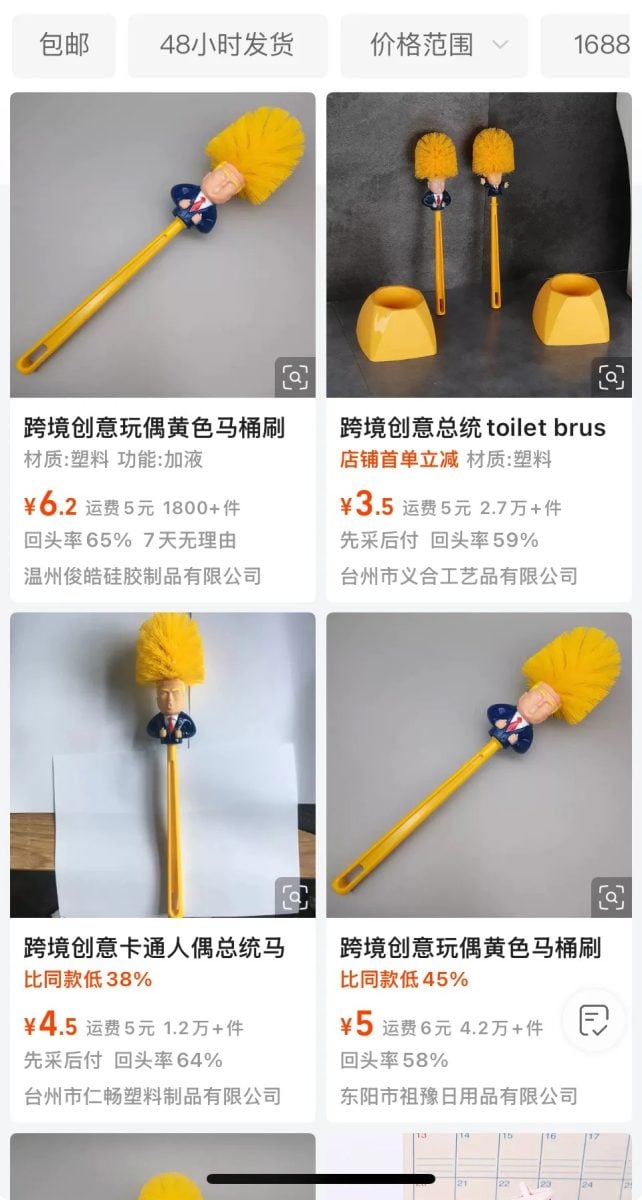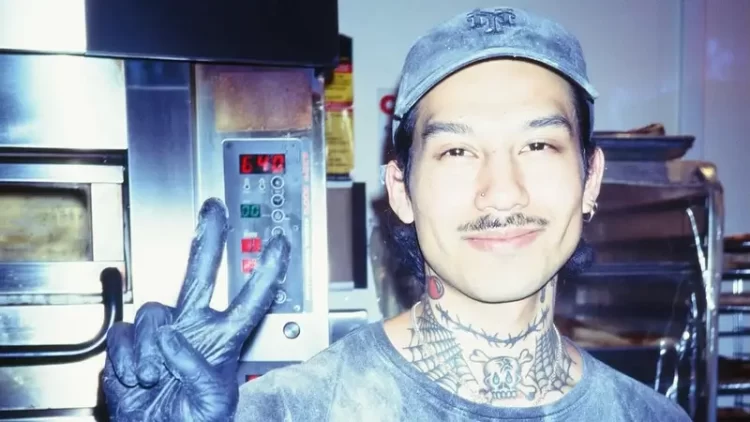To make sure his cat doesn’t have to wait too long at the door waiting to be let in, a Dutch engineer built a face-recognition gadget that identifies the feline and messages him so he can let it in.
Arkaitz Garro, a WeTransfer software engineer in Holland, doesn’t have a cat-flap on his door, so every time his cat wants to come inside, it has to wait until he or his wife notices it at the door and lets it in. That didn’t really do, so he decided to use his skills to solve the problem. Instead of installing a good old cat-flap, he decided to go for a more high-tech solution involving artificial intelligence, motion-detection sensors, face recognition software and a messaging app. You might think it’s overkill, but Arkaitz claims that it only took him a few hours to do it, as all the hardware and software he used is available to anyone.
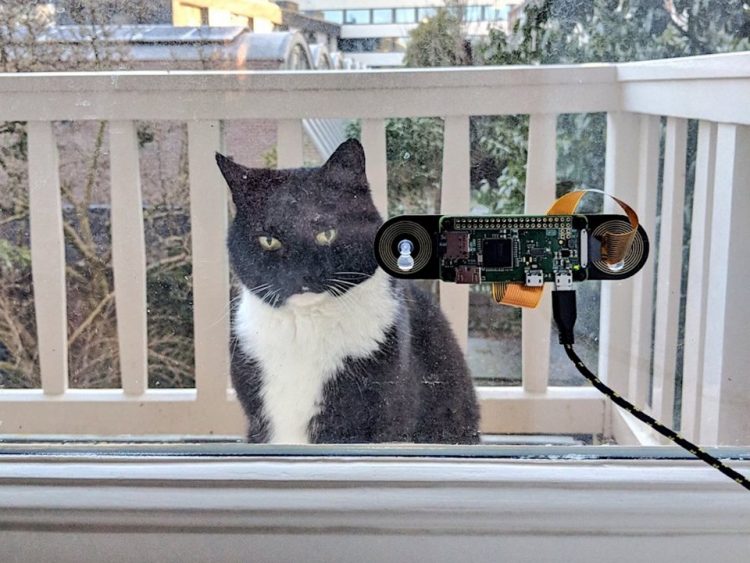
Photo: Arkaitz Garro
It all started a few years ago, when Garro and his wife spotted a cat in their back balcony. They didn’t know if it had been abandoned, lost by its owner, or simply a stray, so they took it in, but also posted some pictures of it around their neighborhood, in case someone was looking for it.
“We found out that the cat had an owner, who lived a few houses away and who was very happy to ‘share’ the cat with us, who now happily has two families who loves him,” Arkaitz told Business Insider. “So, he has developed a schedule where he comes to our house at around specific times.”
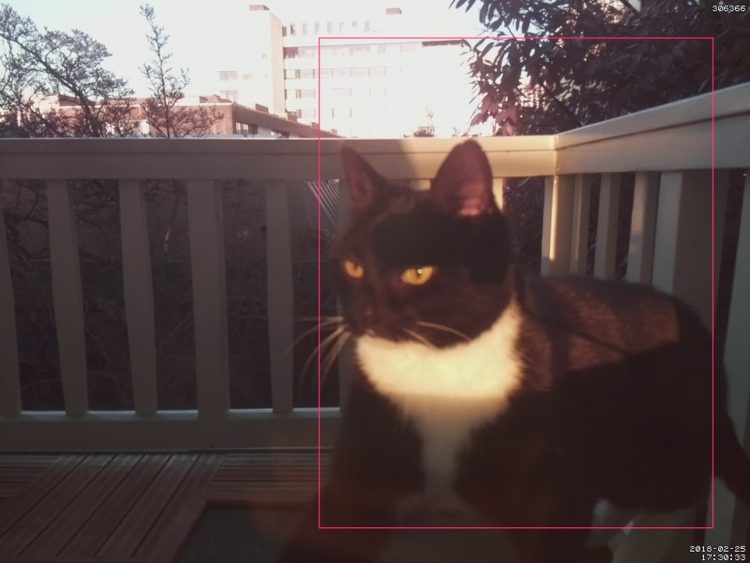
Photo: Arkaitz Garro
The problem was that neither Garro nor his wife could simply stand by the door waiting for the feline to show up, but they didn’t like dealing with its baleful glare glare from behind their glass door either, so something had to be done. Arkaitz came up with a device made up of a Raspberry Pi mini-computer complete with a camera that would use motion-detection and image-recognition AI software to automatically identify the cat and then message him so he could let the animal in.
“We wanted to be notified when he was around so we could open the back door for him, as we don’t have a cat-door,” Arkaitz explained. “When it detects movement, it sends the picture to a recognition software, that checks against the identity of the cat based on previous imagery of the cat.”
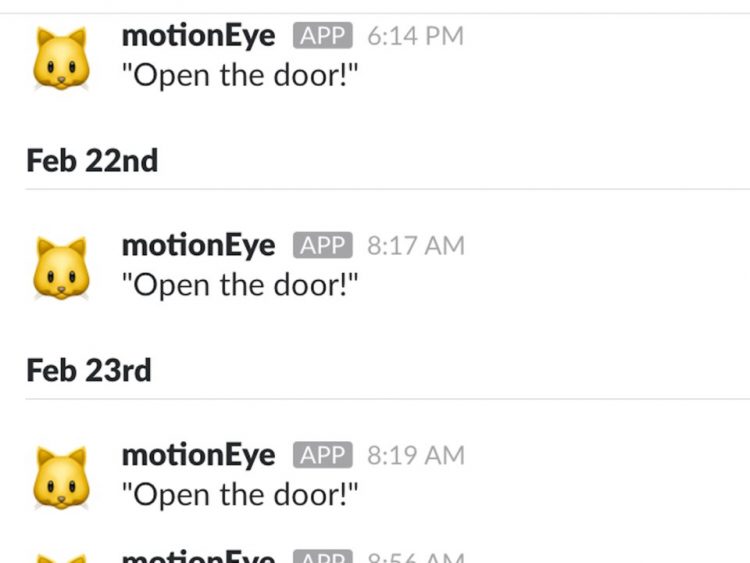
Photo: Arkaitz Garro
If the machine decides that the Garros’ cat is outside the door, and not some other cat, another animal or a moving piece of litter, it will send Arkaitz a message via the Slack messaging app, and he’ll let it inside.
“It took me a few hours to put all the pieces together and the software up and running, but also some more time after to fine tune the software to be able to recognize the cat,” Arkaitz said, but in the end the gadget proved to be an effective solution to the Dutch engineer’s problem.



